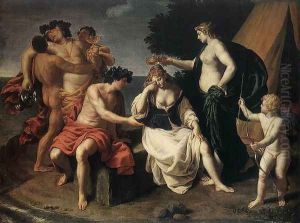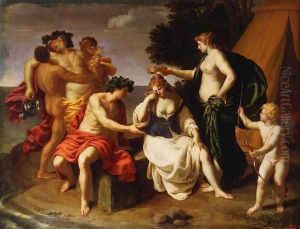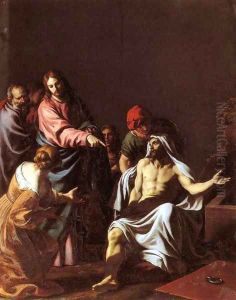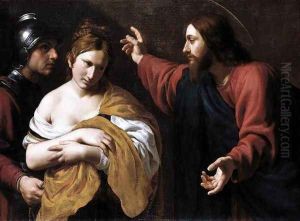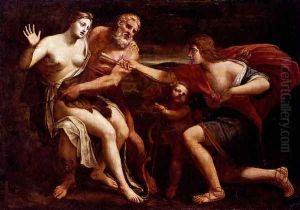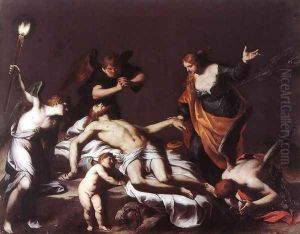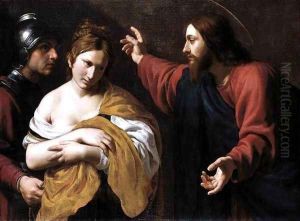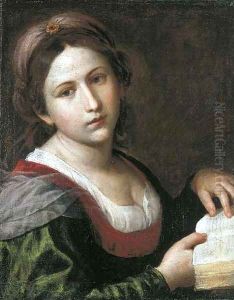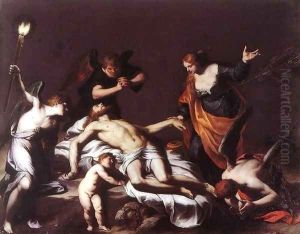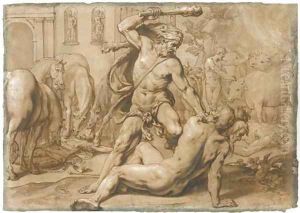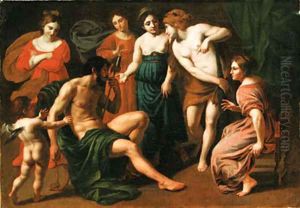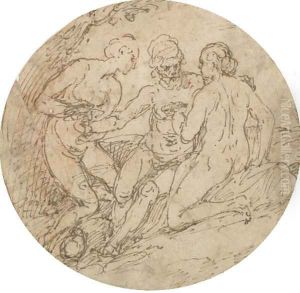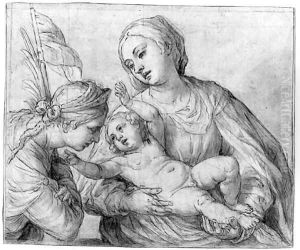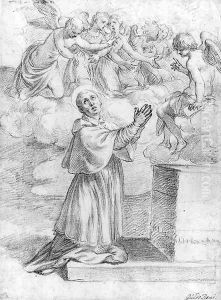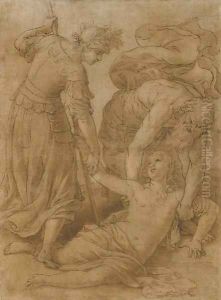Alessandro Turchi (Orbetto) Paintings
Alessandro Turchi, also known as L'Orbetto, was an Italian painter of the late Mannerism and early Baroque periods, born in 1578 in Verona, Italy. He was a prominent artist known for his dynamic compositions, vibrant use of color, and adept handling of light and shadow. Turchi’s early training was under the tutelage of Felice Riccio (also known as Brusasorci) in Verona, where he was exposed to the rich artistic traditions of the region. His nickname, 'Orbetto', possibly derived from a diminutive form implying 'little blind one', does not reflect on his artistic capabilities but might relate to an anecdote or characteristic lost over time.
Turchi's work was profoundly influenced by the dramatic intensity of Caravaggio and the refined compositions of Annibale Carracci, blending the Veronese tradition with the innovations of the Roman Baroque. Although he started his career in Verona, Turchi spent a significant portion of his life in Rome, where he moved in the early 17th century. In Rome, he became an integral part of the artistic circle around the Bolognese painter Guido Reni and was involved with the Accademia di San Luca, an association of artists. His time in Rome allowed him to absorb the dynamic baroque style, which he later transmitted to the Veneto region through his works.
Turchi was versatile in his subject matter, producing altarpieces, mythological scenes, and history paintings. One of his most notable works is the 'Assumption of the Virgin' for the church of San Silvestro in Capite in Rome. His mythological scenes are particularly renowned for their sensual beauty and the skillful rendering of human emotions and anatomy. Alessandro Turchi’s artistry was characterized by the elegant use of light, sophisticated compositions, and a palette that favored rich, warm tones.
Besides painting, Turchi was also involved in the design of tapestries and decorative schemes, showcasing his versatility as an artist. His influence extended beyond Italy, as his works were collected across Europe, contributing to the spread of the Italian Baroque style. Alessandro Turchi died in 1649 in Rome, leaving behind a legacy that has been appreciated for its contribution to the transition between the Renaissance and Baroque periods in art.
